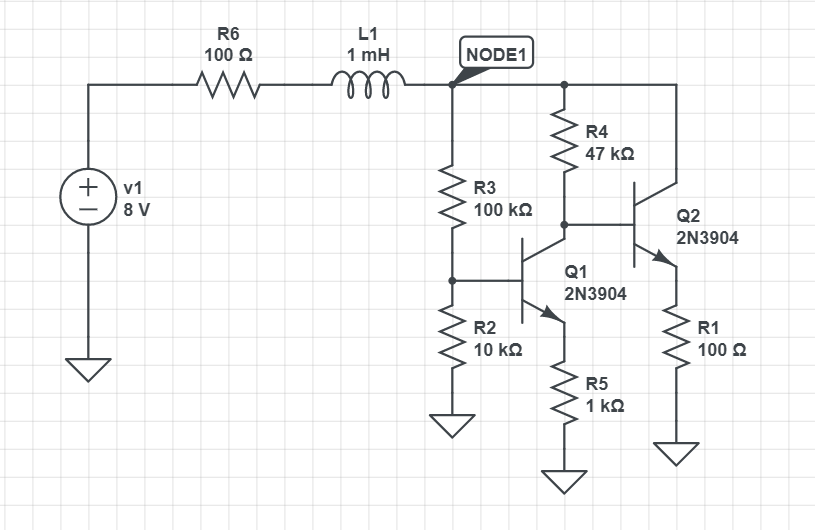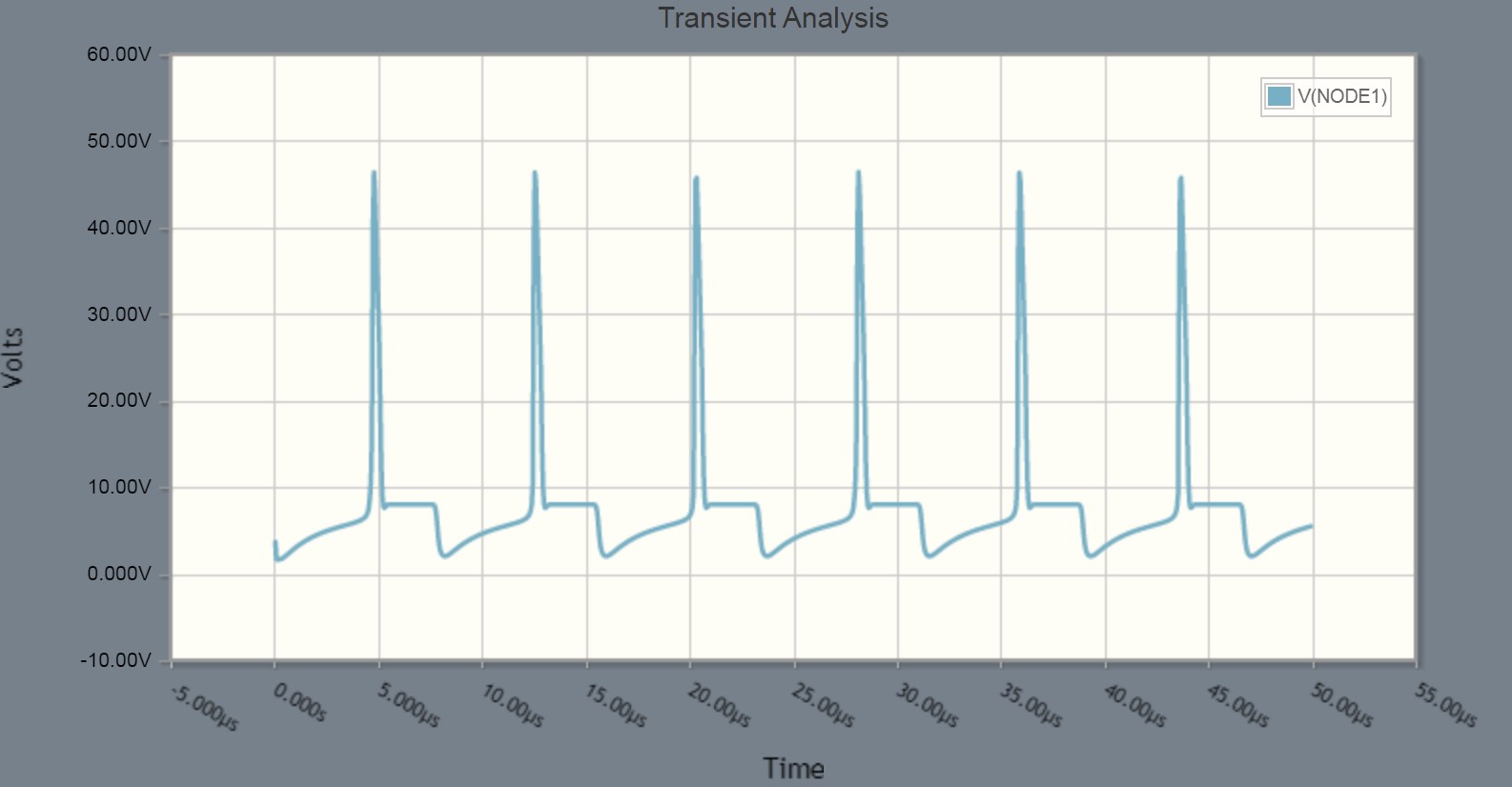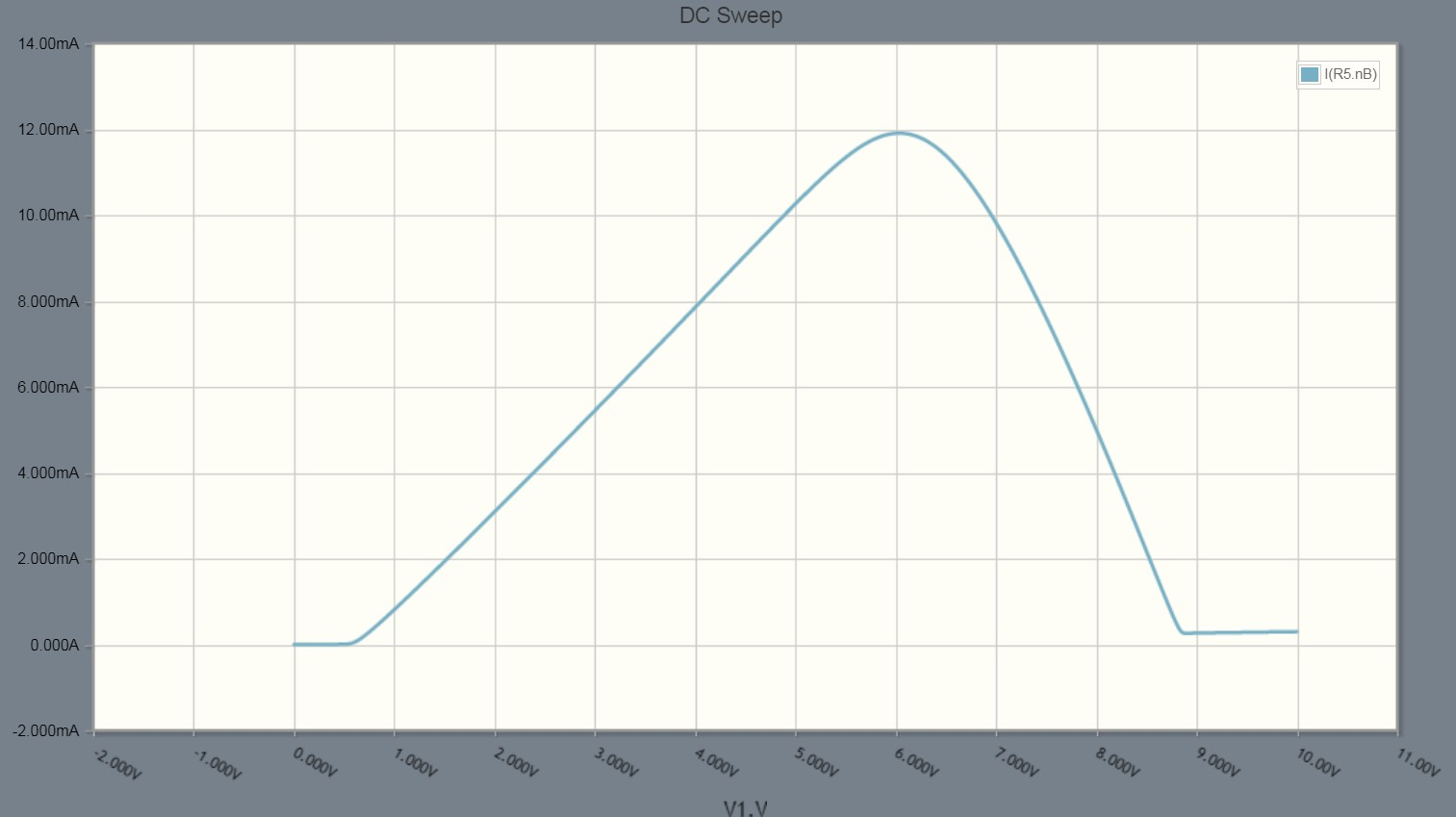Your oscillator is a relaxation oscillator. L and R decideaffect the timing - how fast the current grows. The voltage amplitude is determined by the knee points in the I vs V curve of the tunnel diode.
Unfortunately I haven't a tunnel diode model for easy simulation. But i borrowed a transistor circuit from my old answer for another question. It has voltage stable dynamic negative resistance of the same type:
When the circuit starts the current in the inductor grows gradually. Also the voltage of NODE1 grows. Soon it reaches the value where the negative resistance starts. The transistor circuit starts to take less current. The voltage of the inductor jumps to keep the current. going, but the energy of the magnetic field is soon dissipated and the current ceases. Voltage V1=8 volts is less than the next possible positive resistance voltage above the negative resistance region, so the operating point drops to lower voltage than the negative resistance area and a new oscillation cycle starts.
The max voltage peak is as high as needed to allow the the inductor current to continue. My transistor circuit seemingly passes enough current when the voltage is 47V. If I had bigger inductance the peak would be wider and the time interval between peaks would be longer, but the peak wouldn't be higher.
You probably do not see that tens of volts peak if you have a tunnel diode. The negative resistance occurs at forward voltages well below 1 volt, at 1V or more it's like a normal diode.
The transistor circuit without L1 and R6 has this I vs V curve:
The old question is this: What is the physical meaning of negative resistance?



